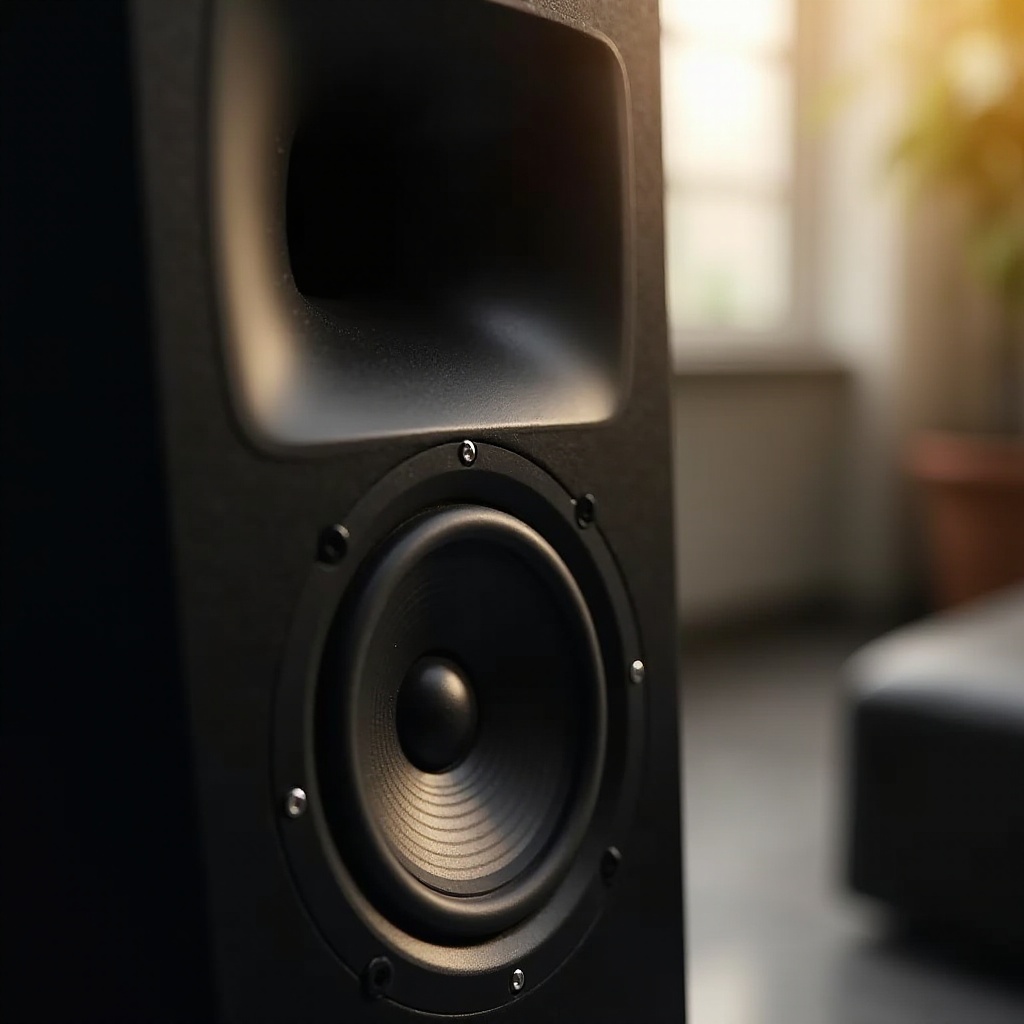Introduction
Adagio speakers deliver high-quality sound, providing an immersive auditory experience. However, even the finest speakers can encounter wear and tear over time. Amongst the most crucial components of a speaker system are the tweeters, responsible for producing high-frequency sounds. If you notice a decline in sound quality, it may be time to replace them. This guide will help you understand Adagio speakers, recognize when to replace tweeters, and walk you through the steps to successfully replace them.

Understanding Adagio Speakers
Adagio speakers are renowned for their clear, crisp sound quality and robust build. These high-end speakers cater to audiophiles who value precision and clarity in their audio experience. The tweeters in Adagio speakers, which handle high frequencies, are critical to maintaining this sound quality. Over time, however, these tweeters can deteriorate, necessitating a replacement to restore the speaker’s performance to its original glory.

Identifying When to Replace Your Tweeters
Knowing when to replace your tweeters is key to maintaining optimal sound quality. Listen carefully for any signs of distortion, reduced clarity, or high-frequency oscillations. If your music sounds flat or if you notice pops and clicks, it indicates potential tweeter malfunction. Regularly checking your speakers can preempt complete failure, allowing you to replace worn-out components proactively.

Choosing the Right Replacement Tweeter
Selecting the correct replacement tweeter ensures you maintain sound quality. We’ll cover the critical specifications and some recommended tweeter options.
Specifications to Look For
When choosing a replacement tweeter, consider these key specifications:
– Impedance: Match the resistance level to your Adagio speakers to avoid damaging the system.
– Sensitivity: Higher sensitivity tweeters produce louder sound at lower power levels.
– Frequency Response: Ensure the tweeter covers the range required for your music.
– Mounting Dimensions: Confirm the new tweeter fits into the existing location without modification.
Recommended Replacement Tweeters for Adagio
While Adagio speakers typically have specific parts, here are a couple of well-suited tweeter replacements:
1. SB Acoustics Satori TW29RN-B: Known for its exceptional performance and precision.
2. Scan-Speak D2905/9900 Revelator: Offers a great balance of sound quality and durability.
Step-by-Step Replacement Guide
Replacing your tweeter might seem daunting, but it is relatively straightforward with the right tools and instructions. Follow these steps:
Tools Needed for Replacement
Prepare the following tools:
– Screwdriver set
– Soldering iron and solder
– Multimeter (optional)
– Replacement tweeter
Removing the Old Tweeter
Transitioning from choosing the correct replacement tweeter, we now move on to the actual replacement process. Replacing your tweeter involves a careful and systematic approach.
- Turn Off and Unplug the speaker system to ensure safety.
- Remove the Grill to access the tweeter. Gently pry it off using a screwdriver or your hands.
- Unscrew and Detach the old tweeter. Take note of the wiring configuration for the replacement process.
- Desolder the Wires connecting the tweeter to the speaker system. Use the soldering iron to gently remove the existing solder.
Installing the New Tweeter
- Connect the Wires to the new tweeter. Ensure the polarity matches the original configuration.
- Solder the Connections securely. Use fresh solder to ensure a stable connection.
- Position and Screw In the new tweeter into the housing securely.
- Replace the Grill to protect the tweeter.
Testing the Replacement
- Reconnect the Speaker System and turn it on.
- Play a Variety of Music that includes high frequencies.
- Listen Carefully for clean, crisp sound. Ensure there are no distortions or unexpected noises.
Post-Replacement Tips
After successfully replacing and testing your tweeters, maintaining them becomes crucial. To ensure your new tweeters last:
- Play music at moderate volumes; avoid excessive loudness which can damage the tweeter.
- Keep speakers clean and dust-free to maintain audio quality.
- Avoid exposing them to moisture which can cause corrosion.
Troubleshooting Common Issues
Despite meticulous steps, issues can occasionally arise. If problems occur, consider these solutions:
- Distorted Sound: Check the wiring connections for a secure fit.
- No Sound: Inspect the soldering joints and ensure the new tweeter is compatible with your system.
- Crackling Noise: This could be due to external interference; try repositioning your speakers.
Conclusion
Replacing Adagio speaker tweeters is a manageable task with significant payoff in sound quality. By understanding when to replace them and following the correct procedure, you can revamp your audio experience and prolong the life of your speakers. Regular maintenance and attentive listening will keep your audio performance at its peak.
Frequently Asked Questions
What are the signs that my Adagio tweeters need replacement?
Look for distortion, reduced clarity, or high-frequency oscillations. Any change in sound quality can indicate the need for replacement.
Can I replace Adagio tweeters myself, or do I need a professional?
You can replace them yourself with basic tools and a careful approach. Professional help ensures precision, but a DIY replacement is feasible.
How can I ensure the longevity of my new tweeters?
Maintain moderate volume levels, keep the speakers clean and free from dust, and avoid moisture exposure.